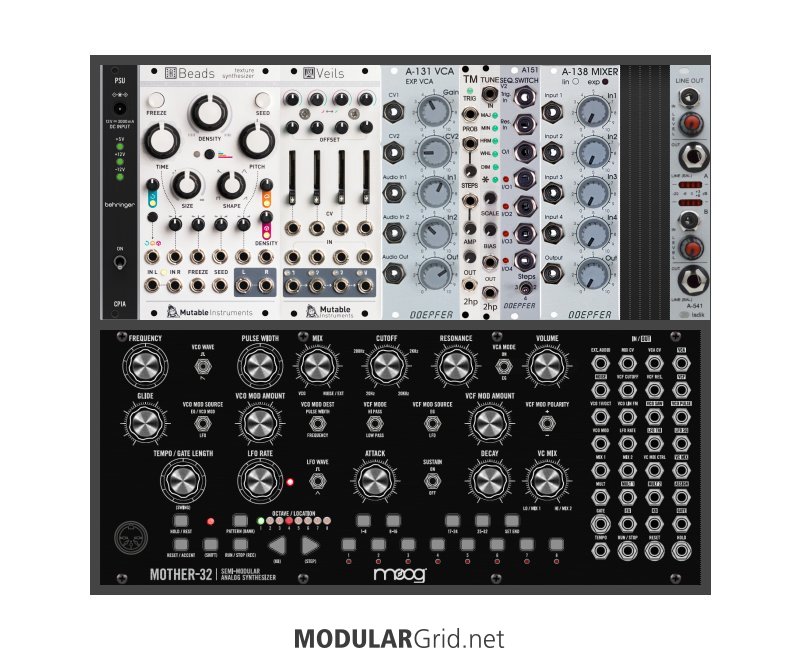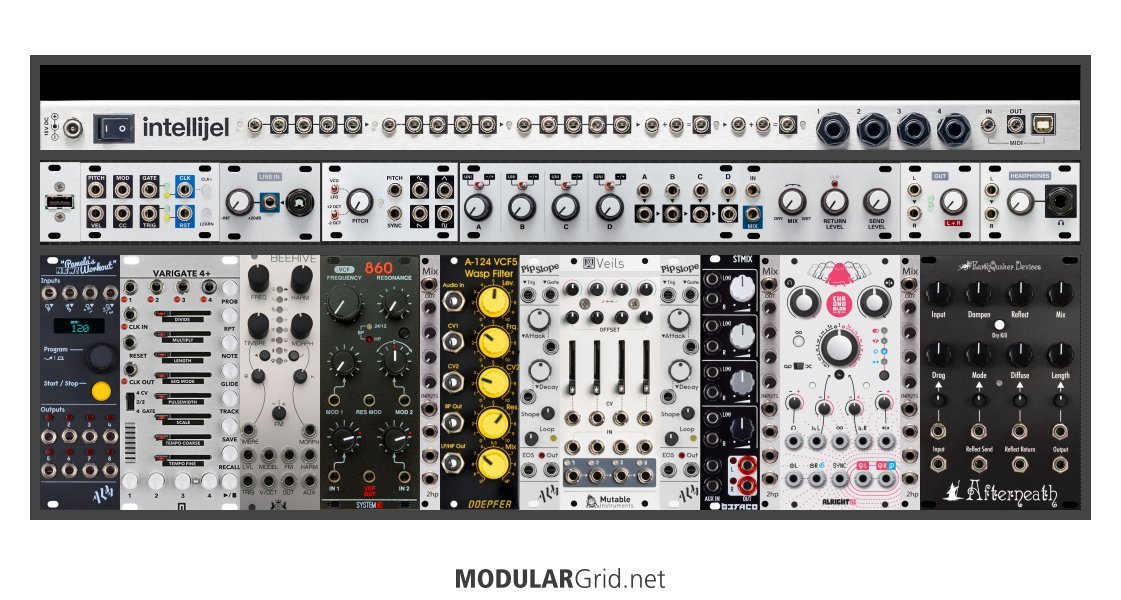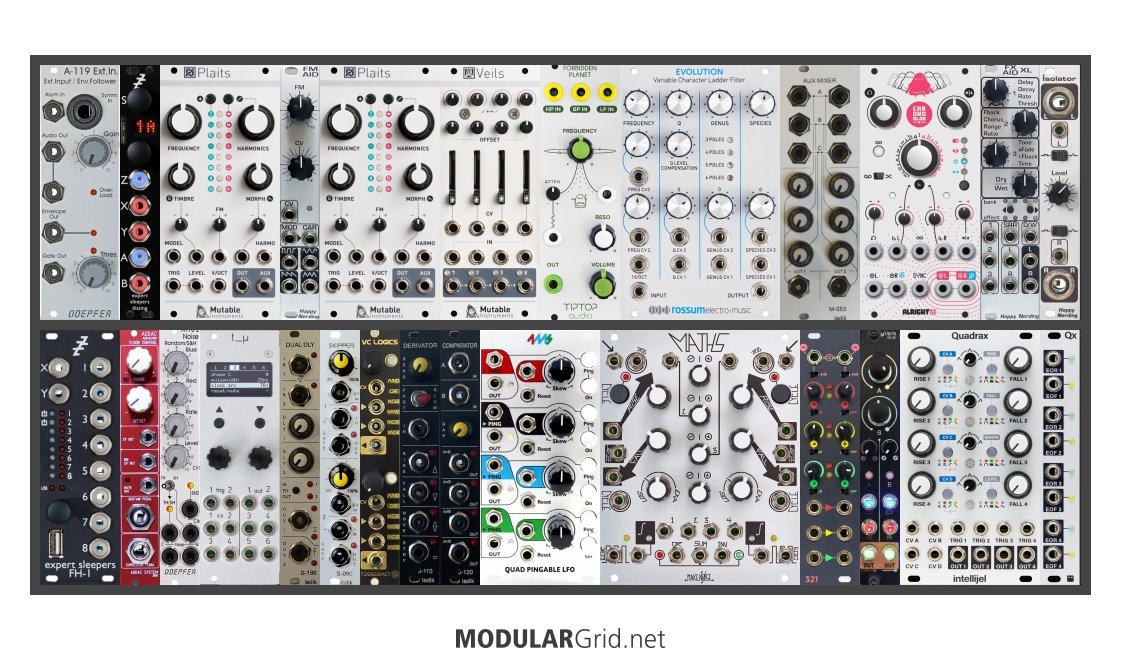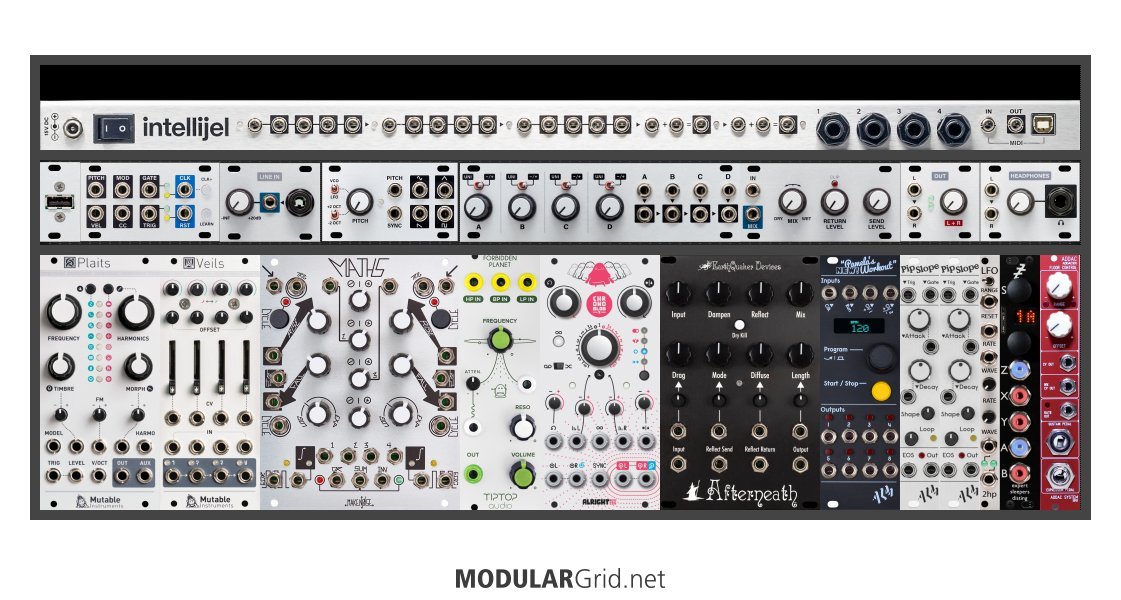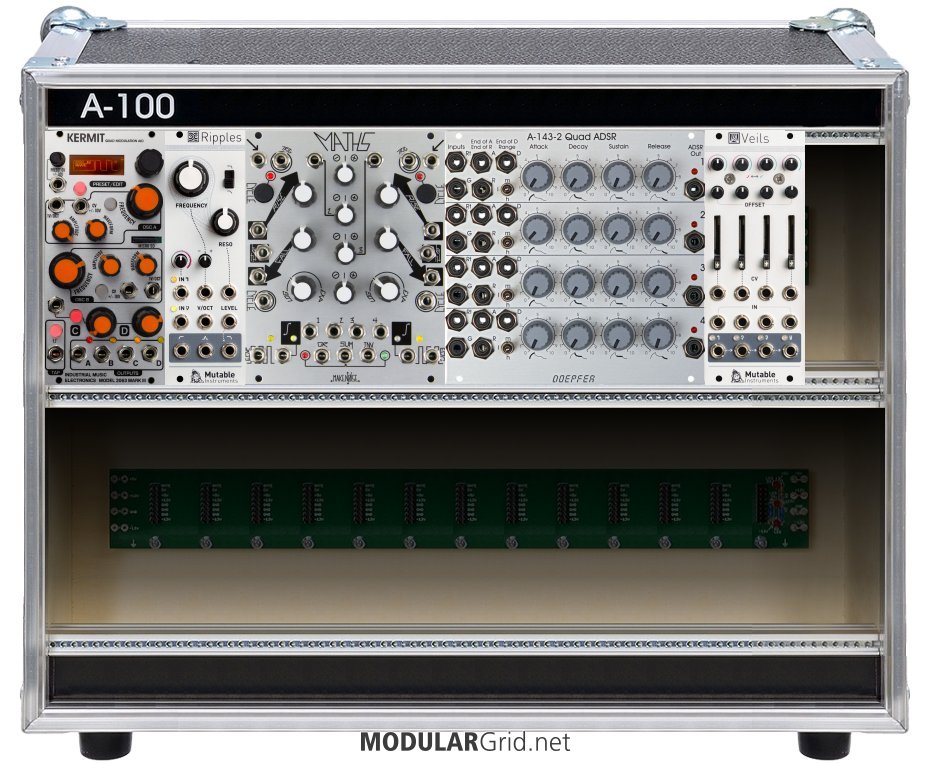I know this is a modular forum and I should be talking up Eurorack, but sometimes the alternative is better.
-- plragde
Too true! This is the big reason why most of the users here don't try and build a drum section in a modular. Not only is that confusing, it gets VERY expensive very quickly, and you probably lose some of the functionality that's built into a good drum machine.
Decades ago, when TB-303s were screaming upward in price, a number of people tried to recapture the TB-303s lightning in a bottle. And largely, that never worked...mainly because none of these took the time to dissect how the 303 achieves its trademark sound. But users back then did, and here's what we found...
First of all, a big part of the 303 sound comes from the sequencer, and how it treats events such as the "glide", by having a gradual up or down slide until you hit around +/- 50 cents, then it quickly snaps up to the next pitch. It's a very WEIRD slew implementation, not at all symmetrical, and was part of why the TB-303 initially "failed". It just didn't sound good on bass like a bass guitar etc, which is how Roland was marketing it.
Next, the filter. It's weird. It's a 3-pole lowpass...18 dB, where we're used to 2-pole and 4-pole ones. Attempting to replicate the 303 sound with those VCFs, though, won't sound right...because the 303 doesn't sound "right" when used as Roland suggested. They never intended for the yowling ACIEEED sound to define the device...and when it was new, that sound wouldn't emerge for another 5-6 years, eventually coming to the fore with Larry Heard's first acid house tracks.
Third, the oscillator. Use dirt-simple waveforms...square or sawtooth. Anything more spectrally elaborate just doesn't sound correct. It was a big point of the "Devilfish" mods that you could set up a second oscillator, but it still kept these waveforms because it was recognized that changing those would take things away from that sound "zone" that the 303 resides in.
And lastly, Roland themselves. When the TB-303 failed spectacularly and what's estimated at THOUSANDS of units were landfilled, they adopted this inflexible policy that they would never, EVER reissue it. Even when used units were up above $2k. Instead, what we eventually got was:
The MC-303, which was more like a "techno home organ".
The TB-3, which...well, simply wasn't a 303 in the normal sense.
The "boutique" TB-03. Guys, using the same VA architecture with a different interface ultimately equals more or less the same soulless sound.
Then there's a LOT of clones of the 303, with some (Erica's Bassline, the Cyclone Analogic TT-303) getting damn close and others (Uli's first 303 attempt, pretty much ANY effort by Roland) that just didn't nail that sound. Disturbingly, though, B.'s redux of the TD-3 which incorporates many of the Devilfish mods...really DOES sound like a Devilfish-modded TB-303. The build quality makes me nervous there, though, as B. is going with a similarly cheap build method like how Roland made the original.
And then, there's another which doesn't SOUND like a TB-303 because the synth engine is algorithmic FM, and that would be the Sonicware Liven XFM. To me, this one seems like the actual win, as the sequencer behaves "properly" and yet you've got a totally different and potentially FAR MORE capable engine with the FM generation method. And amusingly, it's the second cheapest 303-alike (B's TD-3 is the winner there because...uh, B.'s cheaper build method is...well, it is what it is).


